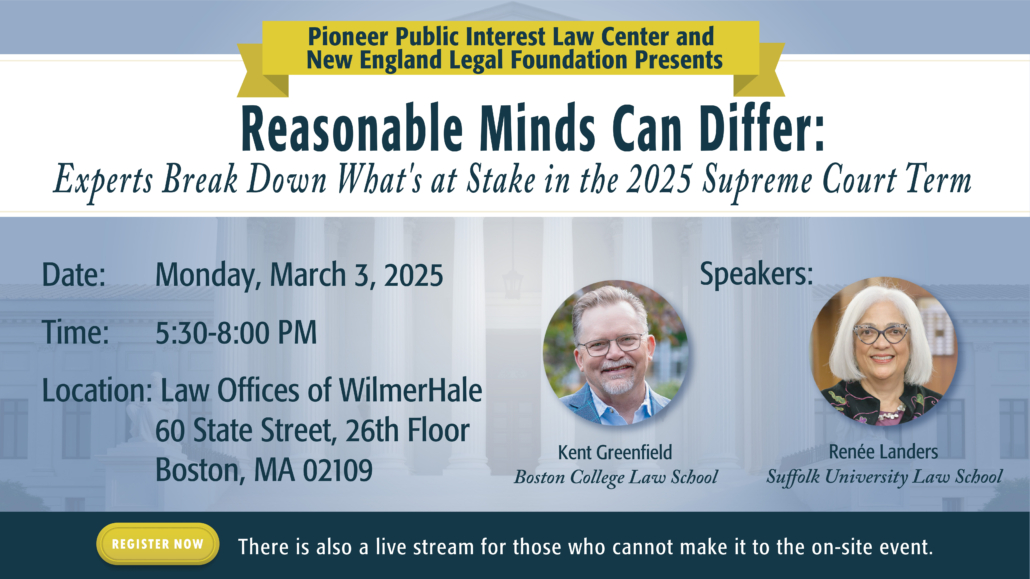“And as I sat there brooding on the old, unknown world, I thought of Gatsby’s wonder when he first picked out the green light at the end of Daisy’s dock. He had come a long way to this blue lawn, and his dream must have seemed so close that he could hardly fail to grasp it. He did not know that it was already behind him, somewhere back in that vast obscurity beyond the city, where the dark fields of the republic rolled on under the night.”
-F. Scott Fitzgerald, The Great Gatsby, 1925
In Pioneer’s ongoing series of blogs here, here, here, and here on curricular resources for parents, families, and teachers during COVID-19, this one focuses on:
Celebrating The Roaring 20s in America.
“The parties were bigger. The pace was faster, the shows were broader, the buildings were higher, the morals were looser, and the liquor was cheaper,” observed Nick Carraway, the narrator of The Great Gatsby. The horrors of the First World War and the 1918 Flu Epidemic coupled with the rising consumerism, Hollywood’s movie culture, the 1919 Chicago Black Sox scandal, and the growth of professional sports, Prohibition, and jazz music ushered in 1920s America. It was among the most interesting, exciting, and entertaining decades in the nation’s history, and still leaves a powerful imprint on our culture and world today.
The ‘20s figures were larger than life. Babe Ruth, perhaps still the greatest, most celebrated figure in the history of sports, earned his own adjective – “Ruthian.” Charles Lindbergh, the first human to fly solo over the Atlantic Ocean and the modern age’s first international media celebrity, was the prototypical American hero, before later falling from grace.
A noisy and frenetic decade, it created high and low art and timeless music, including lyrically introspective novels from F. Scott Fitzgerald; poignant poetry from Langston Hughes; as well as blues and jazz from African-American geniuses like Ma Rainey, Bessie Smith, Louis Armstrong, and Duke Ellington. There were also Broadway shows, playful tunes, and popular movies from Cole Porter, George Gershwin, and Cecil B. DeMille. Widely distributed and increasingly fashionable, the American entertainment culture was improvised across the country and exported to the world. And it remains among the best examples of democratic art ever produced.
Nineteen Twenties politics were at once conservative, liberal, radical, nativist, and progressive. Paradoxically, the man at the center of it all was an introvert. President Calvin Coolidge, a New England Yankee with a stoic temperament and few words, was perhaps our last truly constitutionally-centered president. His famous political maxims: “It is much more important to kill bad bills than to pass good ones” and “the chief business of the American people is business,” contain much practical wisdom we could learn from today.
The Roaring ‘20s started with a post-war boom and ended with financial disaster when the Stock Market crashed in 1929. Having replaced London as the financial center of the world after WWI, New York City’s message of razzle dazzle advertising, cheap credit, mounting debt, hype-driven speculation, and renegade consumerism, ultimately all came to an abrupt end with the 1929 Crash. But the impact of NYC’s and America’s aura of limitlessness and materialism penetrated deep into the national soul across the 20th century. It’s all perhaps best captured by the sage of the 1920s, F. Scott Fitzgerald, in his essay, My Lost City:
“From the ruins rose the Empire State Building, lonely and inexplicable as the Sphinx and, just as it had been a tradition of mine to climb to the Plaza Roof to take leave of the beautiful city, extending as far as eyes could reach, so now I went to the roof of the last and most magnificent of towers. Then I understood—everything was explained: I had discovered the crowning error of the city, its Pandora’s Box. Full of vaunting pride the New Yorker had climbed here and seen with dismay what he had never suspected, that the city was not the endless succession of canyons that he had supposed but that it had limits—from the tallest structure he saw for the first time that it faded out into the country on all sides, into an expanse of green and blue that alone was limitless. And with the awful realization that New York was a city after all and not a universe, the whole shining edifice that he had reared in his imagination came crashing to the ground.”
American schoolchildren need to know more about the basics of the history of and lessons from the 1920s, which did as much as any decade to shape our modern country in the last century. To remedy this, we’re offering a variety of resources to help parents, teachers, and high schoolers:

Only Yesterday: An Informal History of the 1920s (Harper Perennial Modern Classics), by Frederick Lewis Allen
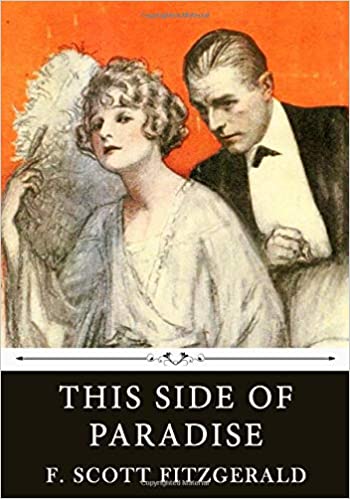
This Side of Paradise, by F. Scott Fitzgerald
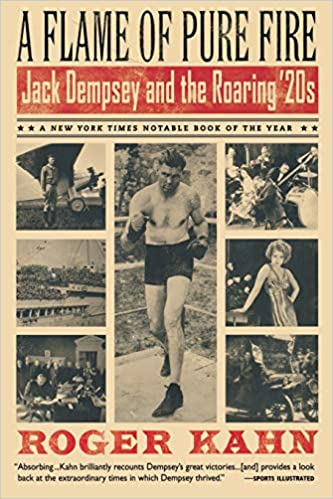
A Flame of Pure Fire: Jack Dempsey and the Roaring ’20s, by Roger Kahn

The First Red Scare
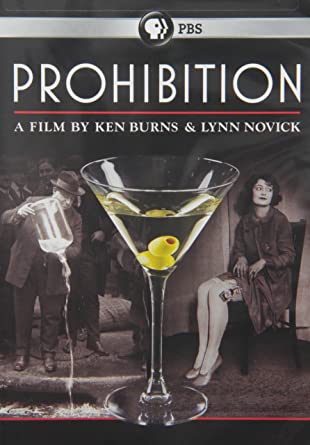
Prohibition, by Ken Burns and Lynn Novick

The Age of Innocence, by Edith Wharton
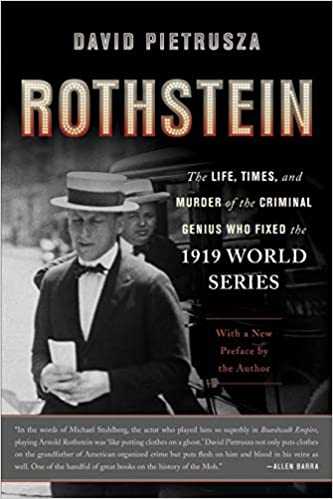
Rothstein: The Life, Times, and Murder of the Criminal Genius Who Fixed the 1919 World Series, by David Pietrusza
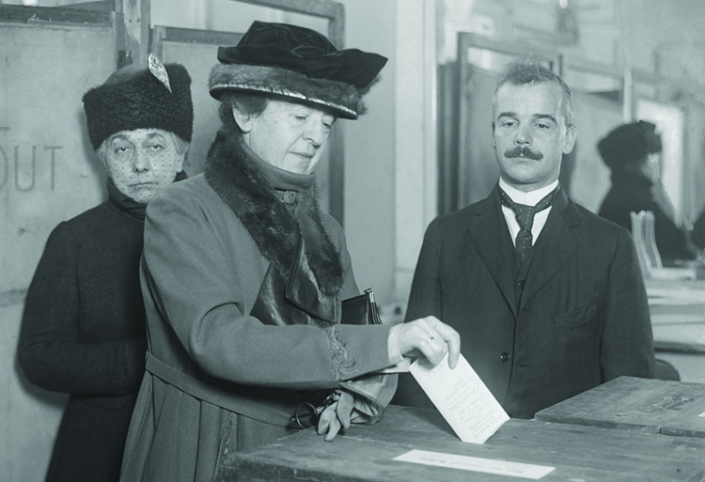
Nineteenth Amendment to the United States Constitution
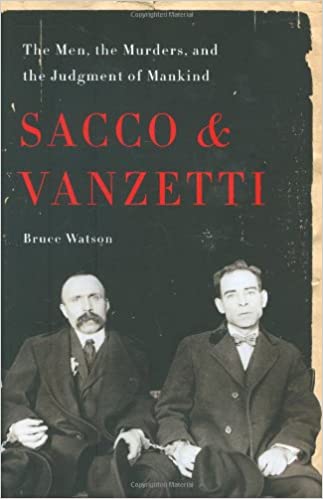
Sacco and Vanzetti: The Men, the Murders, and the Judgment of Mankind, by Bruce Watson
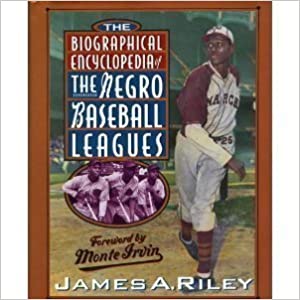
Negro League Baseball
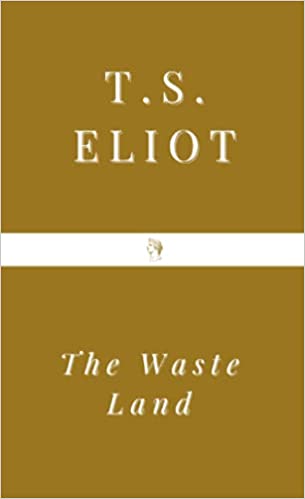
The Waste Land, by T. S. Eliot
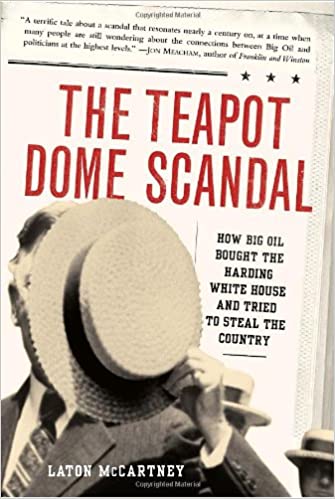
The Teapot Dome Scandal: How Big Oil Bought the Harding White House and Tried to Steal the Country, by Laton McCartney

Coolidge, by Amity Shlaes
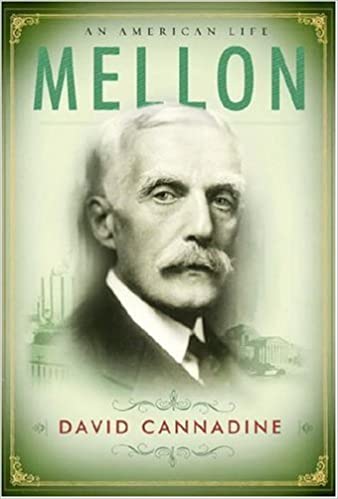
Mellon: An American Life, by David Cannadine
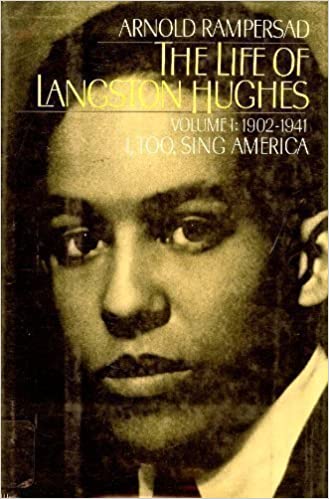
The Life of Langston Hughes: Volume I: 1902-1941: I, Too, Sing America, by Arnold Rampersad
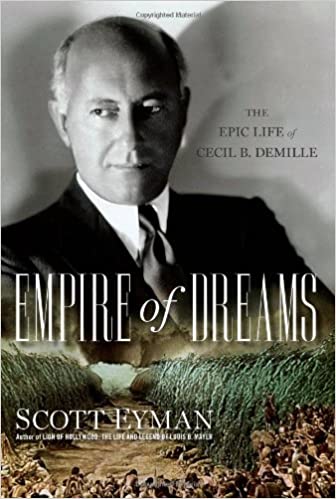
Empire of Dreams: The Epic Life of Cecil B. DeMille, Scott Eyman
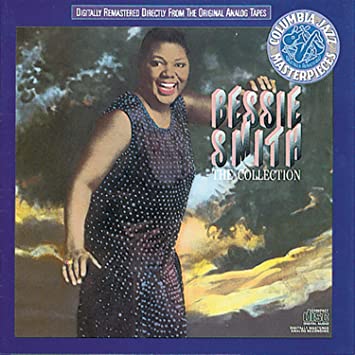
The Collection, Bessie Smith

Charles Evans Hughes

Harlem Renaissance
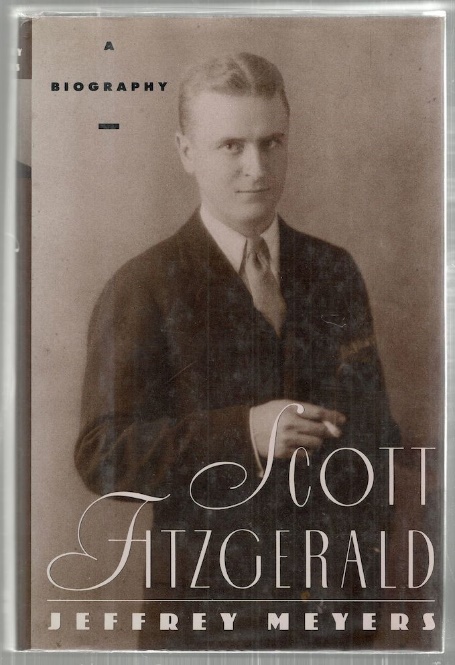
Scott Fitzgerald: A Biography, by Jeffrey Meyers
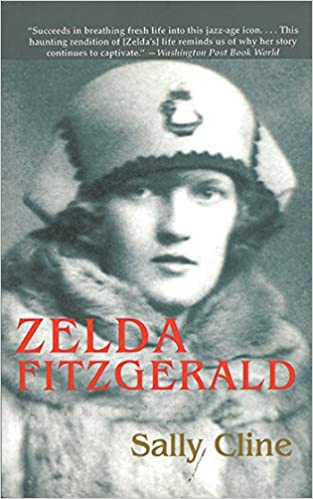
Zelda Fitzgerald: The Tragic, Meticulously Researched Biography of the Jazz Age’s High Priestess, by Sally Cline
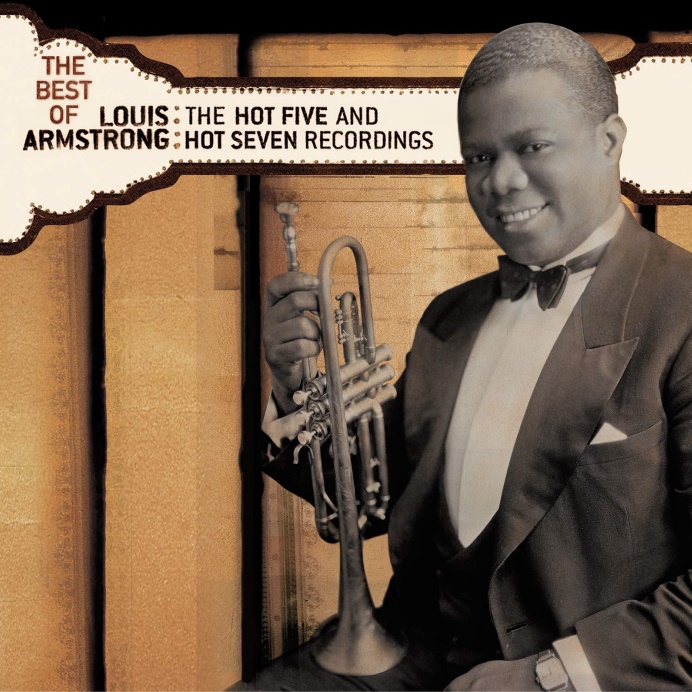
The Complete Hot Five & Hot Seven Recordings (CD), Louis Armstrong

Flapper: A Madcap Story of Sex, Style, Celebrity, and the Women Who Made America Modern, by Joshua Zeitz
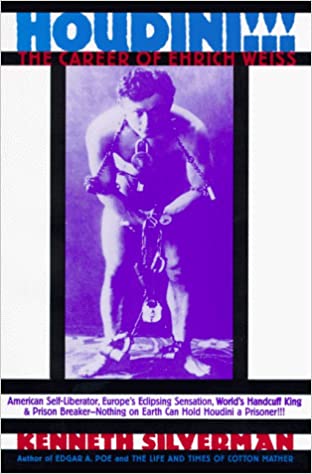
Houdini!!!: The Career of Ehrich Weiss, by Kenneth Silverman
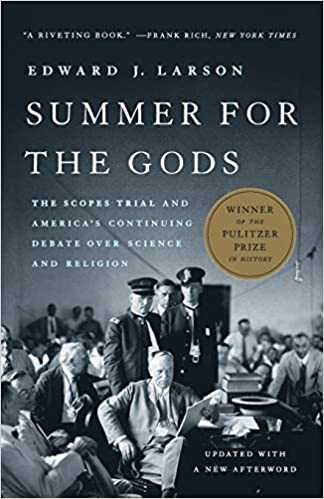
Summer for the Gods: The Scopes Trial and America’s Continuing Debate over Science and Religion, Edward J. Larson
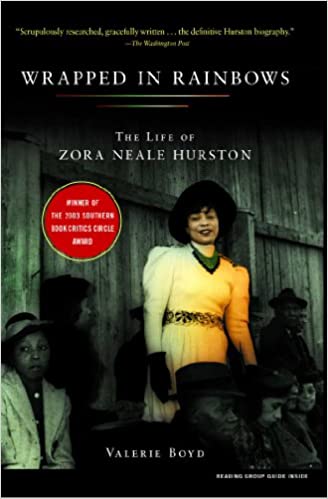
Wrapped in Rainbows: The Life of Zora Neale Hurston, by Valerie Boyd

Charmed Circle: Gertrude Stein & Company, by James R. Mellow

The Sun Also Rises, by Ernest Hemingway
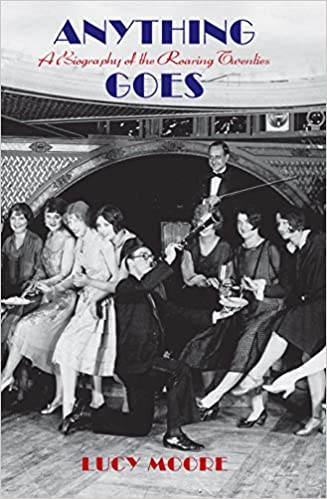
Anything Goes: A Biography of the Roaring Twenties, by Lucy Moore
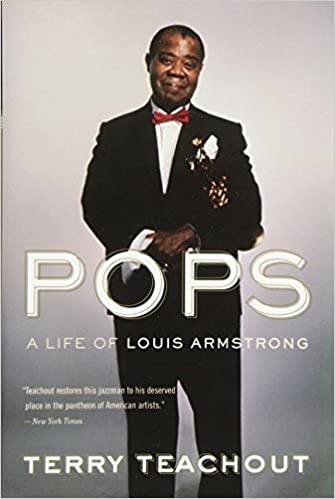
Pops: A Life of Louis Armstrong, by Terry Teachout
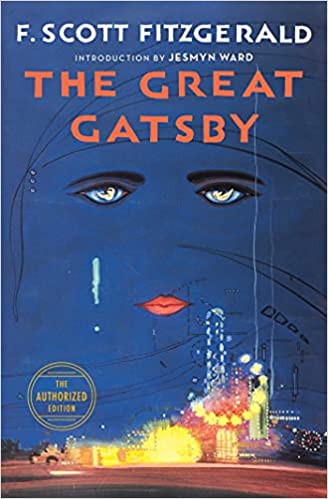
The Great Gatsby, by F. Scott Fitzgerald
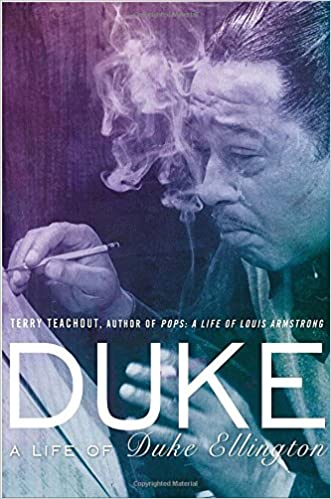
Duke: A Life of Duke Ellington, by Terry Teachout
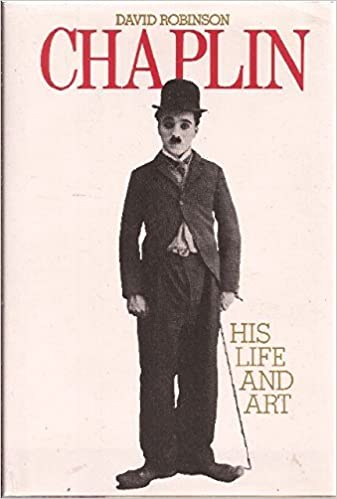
Chaplin: His Life and Art, by David Robinson
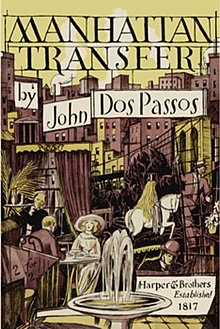
Manhattan Transfer, by John Dos Passos
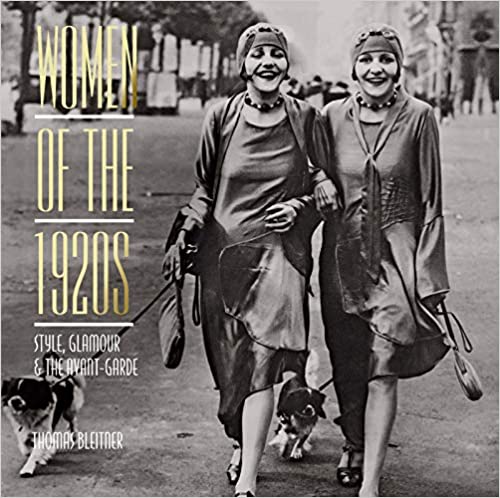
Women of the 1920s: Style, Glamour, and the Avant-Garde, by Thomas Bleitner
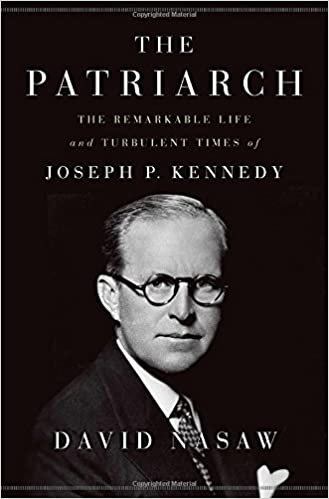
The Patriarch: The Remarkable Life and Turbulent Times of Joseph P. Kennedy, by David Nasaw

Gloria Swanson: The Ultimate Star, by Stephen Michael Shearer

Babe: The Legend Comes to Life, by Robert Creamer
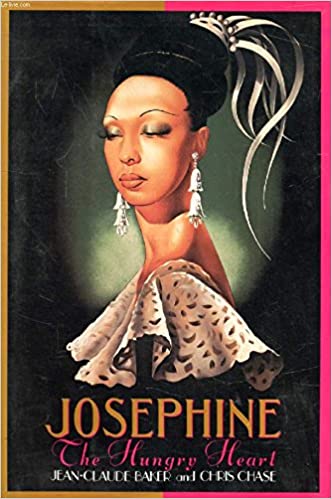
Josephine: The Hungry Heart, by Jean-Claude Baker
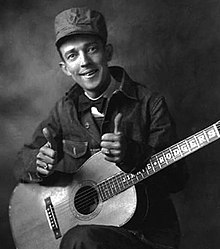
Jimmie Rodgers
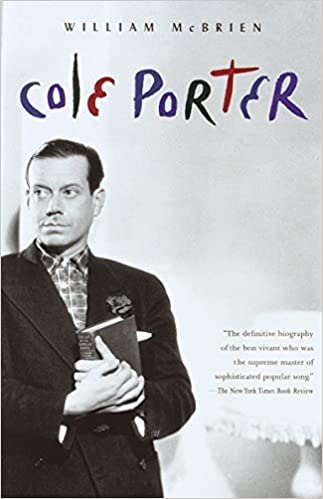
Cole Porter, by William McBrien
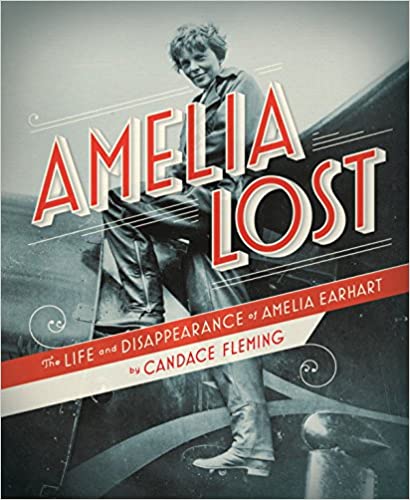
Amelia Lost: The Life and Disappearance of Amelia Earhart, by Candace Fleming
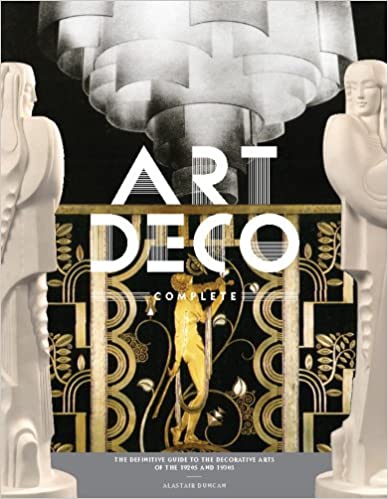
Art Deco Complete: The Definitive Guide to the Decorative Arts of the 1920s, by Alastair Duncan
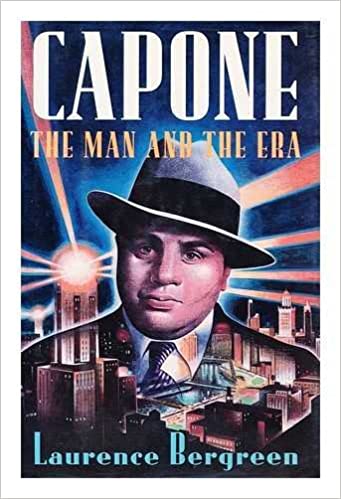
Capone: The Man and the Era, by Laurence Bergreen
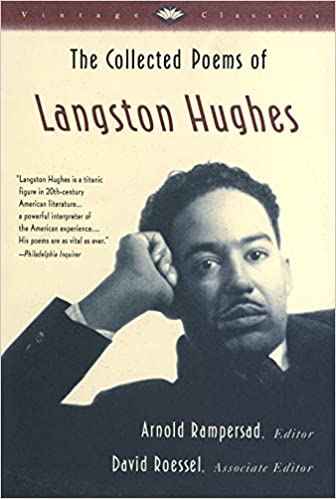
The Collected Poems of Langston Hughes, by Langston Hughes (Author) and Arnold Rampersad (Editor)

George Gershwin
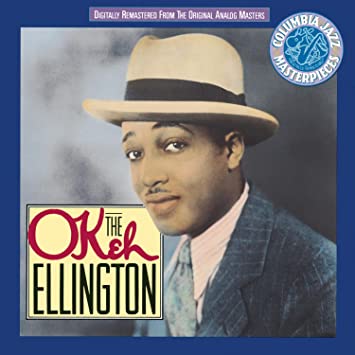
The Okeh Ellington (CD), Duke Ellington and His Orchestra
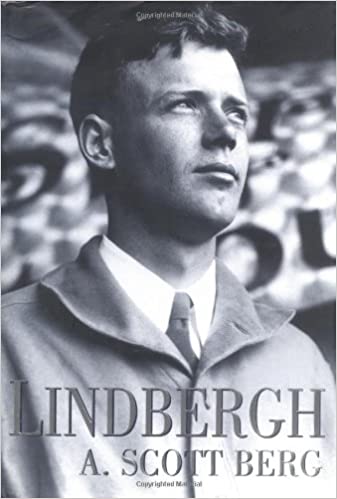
Lindbergh, by A. Scott Berg

Mickey Mouse

Rainbow’s End: The Crash of 1929 (Pivotal Moments in American History), by Maury Klein




